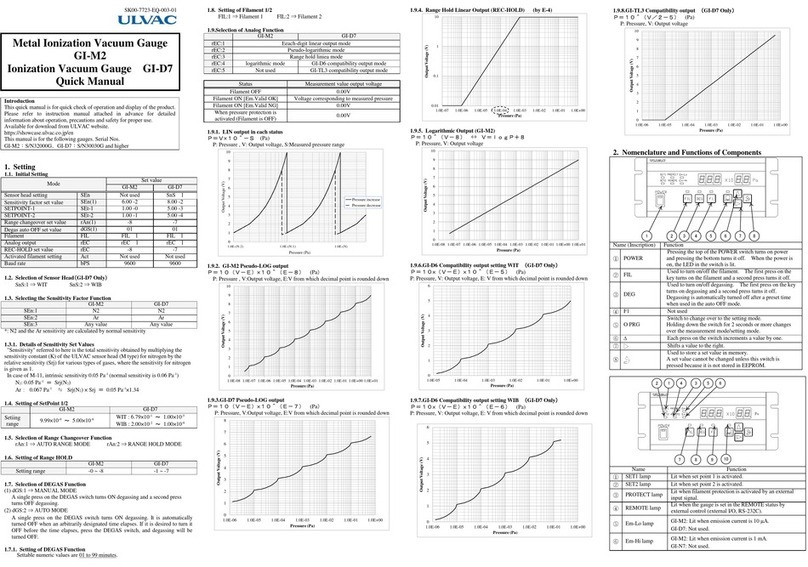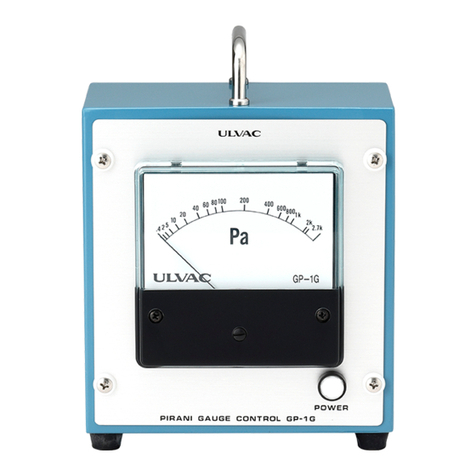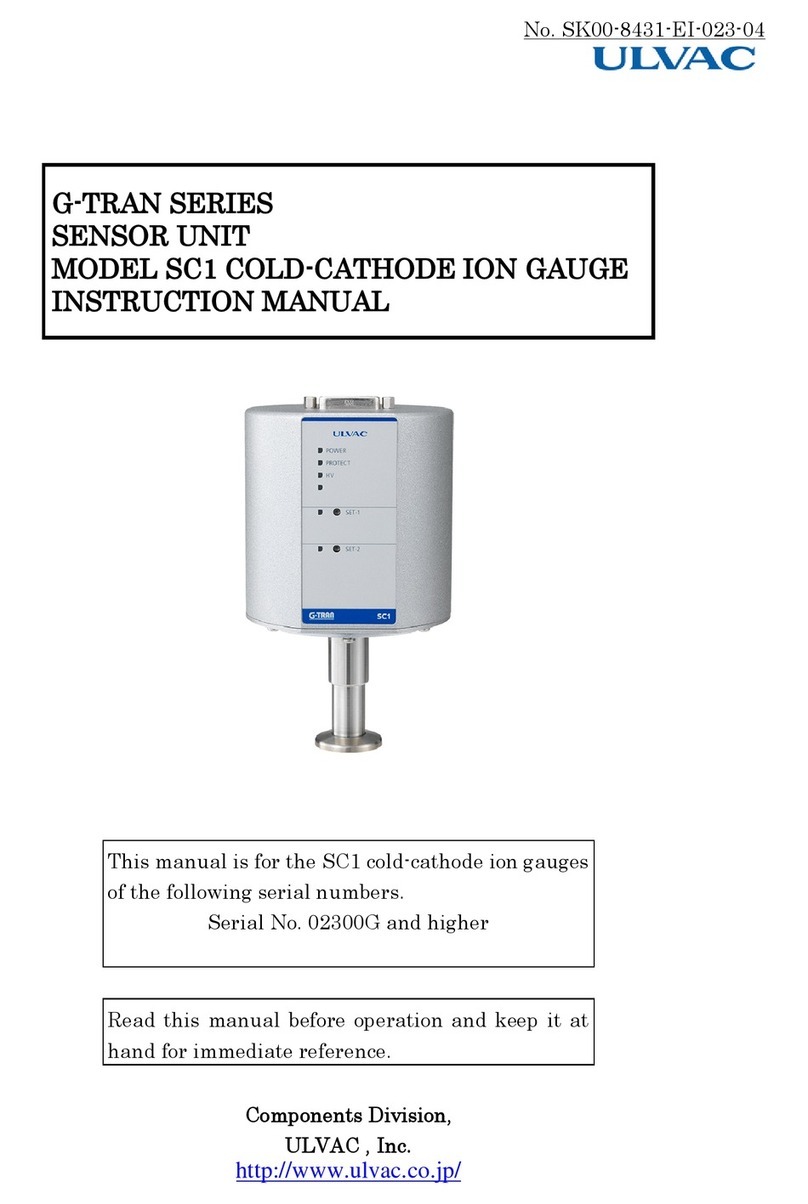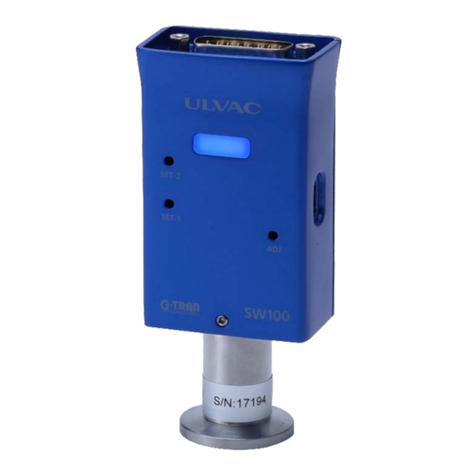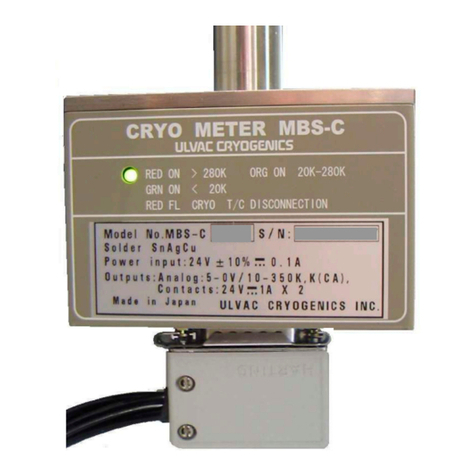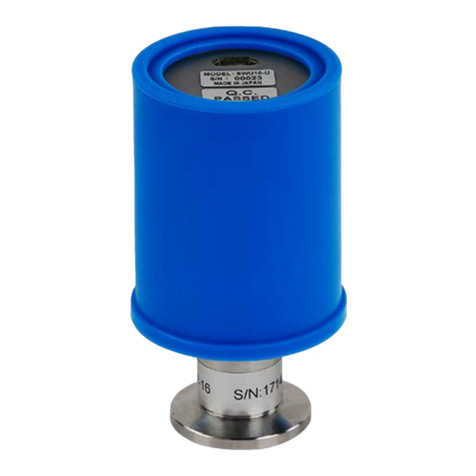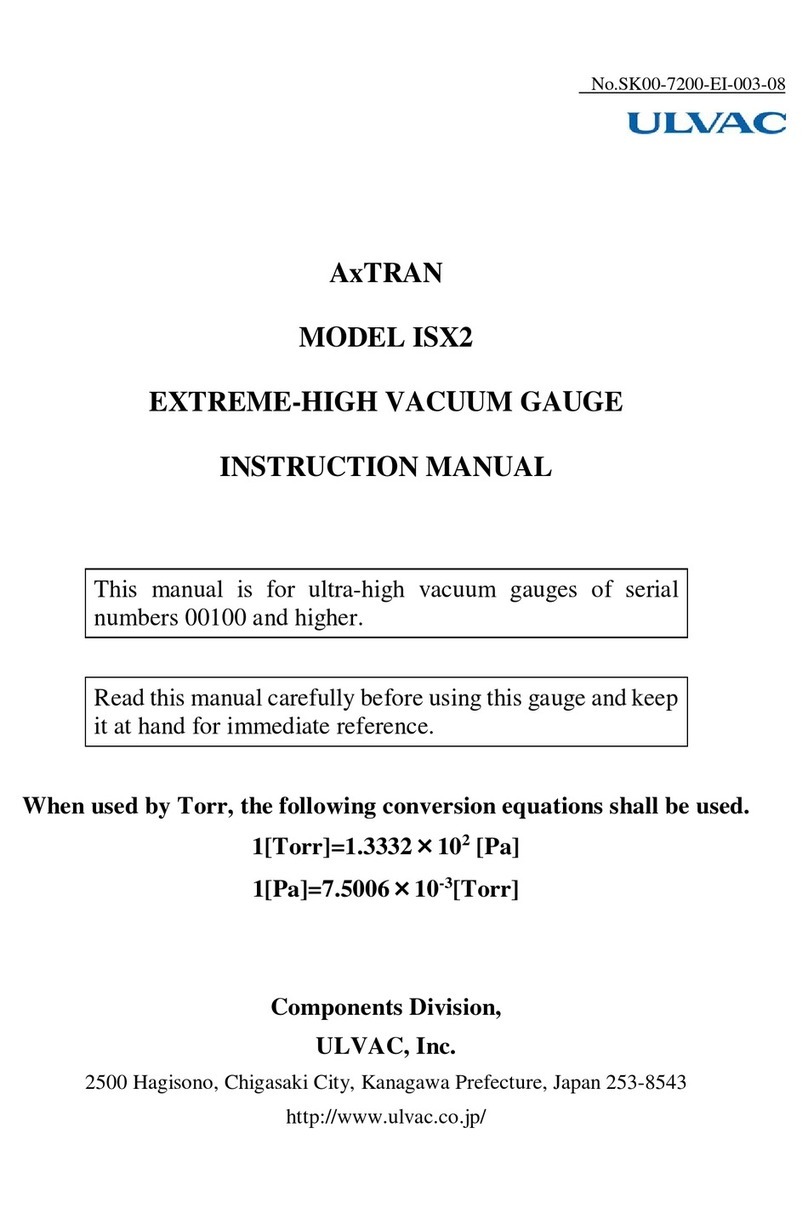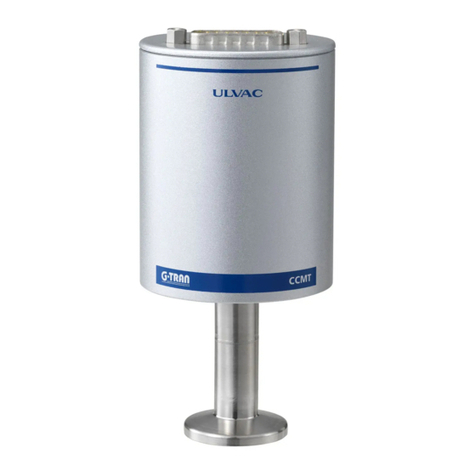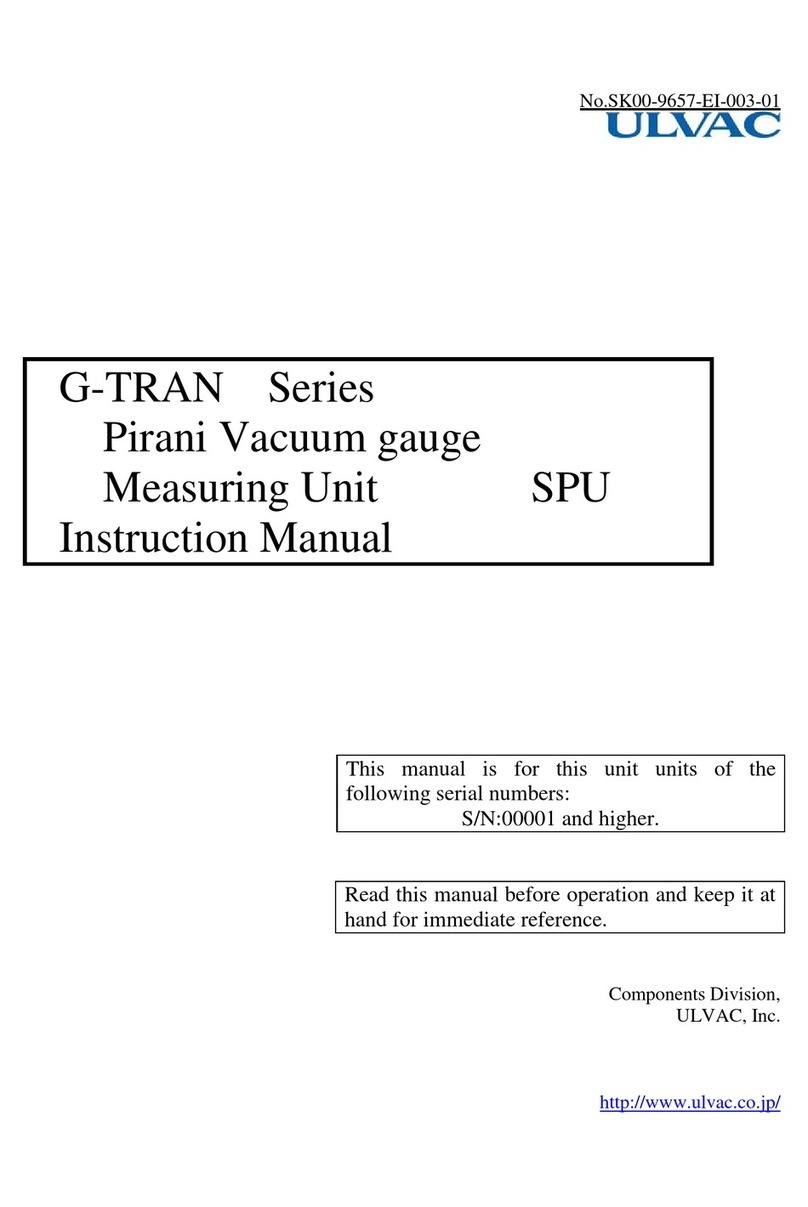
- iv -
Contents
Page
Prior to Use.......................................................................................................................................... i
Safety Symbols..................................................................................................................................... i
Safety Cautions................................................................................................................................... ii
1. OVERVIEW............................................................................................................................... 1
1.1. Specifications....................................................................................................................... 1
1.2. Options................................................
エラー! ブックマークが定義されていません。
1.3. Description of Components.................................................................................................. 4
1.3.1. Front panel ................................................................................................................... 4
1.3.2. Rear panel..................................................................................................................... 5
1.3.3. LCD panel.................................................................................................................... 6
2. INSTALLING THE PIRANI VACUUM GAUGE.................................................................. 7
2.1. Preliminary Operation.......................................................................................................... 7
2.2. Installation............................................................................................................................ 7
2.2.1. Installing the controller ................................................................................................ 7
2.2.2. Installing the sensor head............................................................................................. 8
2.2.3. Electrical connection.................................................................................................... 9
2.2.4. A sensor head installation method to GP-H............................................................... 10
3. OPERATING PROCEDURE ................................................................................................. 11
3.1. Cautions in Handling.......................................................................................................... 11
3.2. How to Set the DIP Switch ................................................................................................ 12
3.3. Display of Pressure out of Measurement Pressure Range.................................................. 13
3.4. Relay Setpoint Output........................................................................................................ 14
4. EXTERNAL INPUTS/OUTPUTS.......................................................................................... 15
4.1. External Input/Output Connector Assignment................................................................... 15
4.2. BCD Output ....................................................................................................................... 16
4.3. Strobe Signal...................................................................................................................... 17
5. RECORDER OUTPUTS......................................................................................................... 18
5.1. Linear Output 1.0 ×10+3 Pa(1.0 ×10+1Torr)f.s.................................................................. 18
5.2. Linear Output 1.0 ×10+2 Paf.s. .......................................................................................... 19
5.3. Dummy Log Output Each Range 1V................................................................................. 20
5.4. Non-Linear Output............................................................................................................. 21
6. HOW TO USE COMMUNICATION (RS-232C).................................................................. 24
6.1. Specifications..................................................................................................................... 24
6.2. Connecting the Communication Cable .............................................................................. 24
6.3. Communication Commands............................................................................................... 25
6.4. Action................................................................................................................................. 25
7. APPENDIX............................................................................................................................... 26
7.1. Principles of Operation....................................................................................................... 26
7.2. Types of Gas Measured and Indication.............................................................................. 27
7.3. Change of Indication with Ambient Temperature.............................................................. 29
8. TROUBLESHOOTING........................................................................................................... 30
9. WARRANTY............................................................................................................................ 32
10. CE DECLATION OF CONFORMITY.............................................................................. 33
11. China RoHS Declaration ..................................................................................................... 34
12. Certificate of Decontamination........................................................................................... 35
13. RELATED DRAWINGS ..................................................................................................... 36
